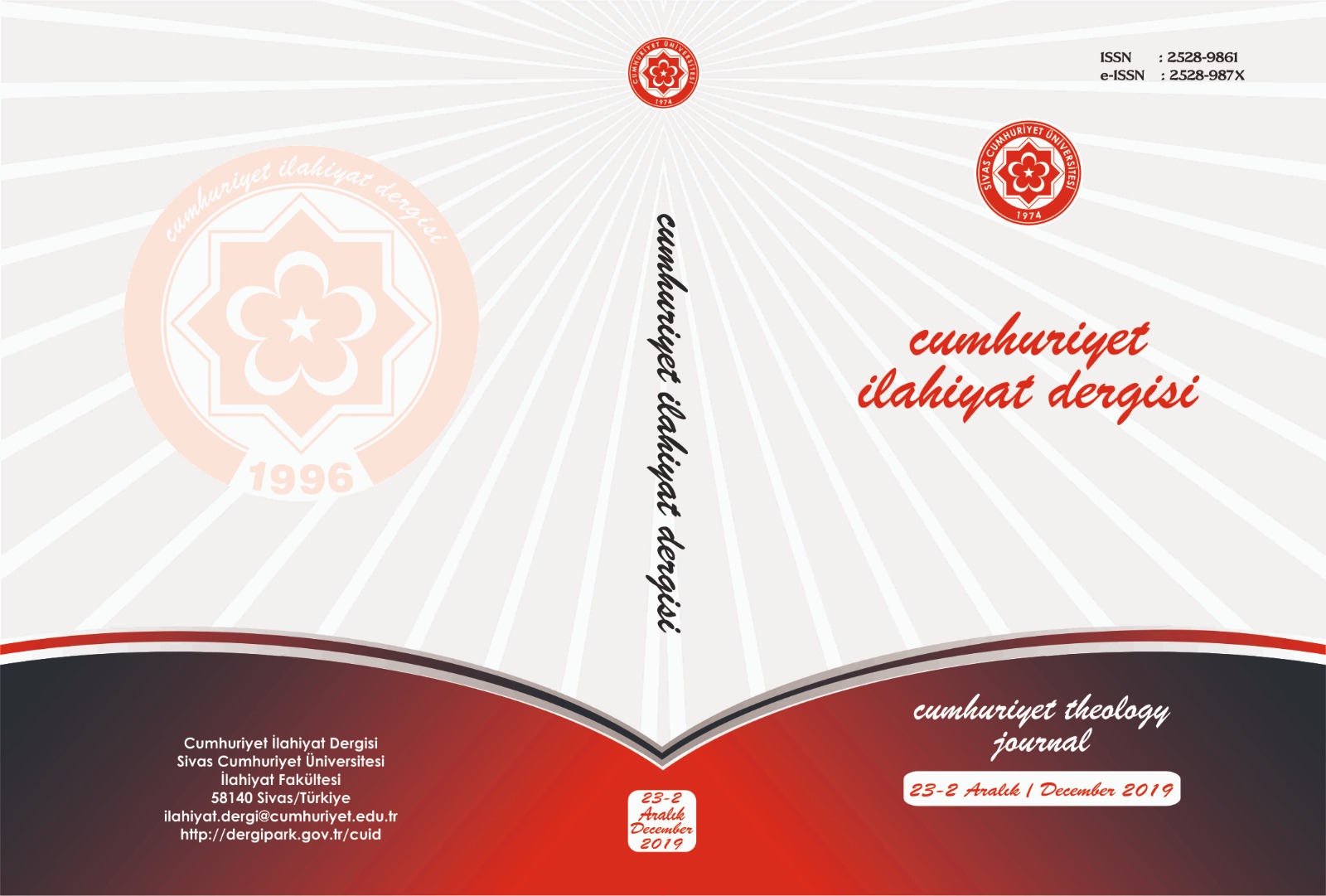Yazma Eserlerden Kodikoloji’ye: Tahkike Giriş
From Manuscripts to Codicology: An Introduction to Critical Edition
Author(s): Harun BekiroğluSubject(s): Studies of Literature, Theology and Religion, Islam studies
Published by: Cumhuriyet Üniversitesi İlahyat Fakültesi
Keywords: Tafsīr; Manuscripts; Codicology; Critical Edition/Text Criticism; Bookbinding (Taṣfīr and Taj-līd)
Summary/Abstract: Muslims are fundamentally interested in the practice of writing especially for scribing the copies of the Qur’ān. Later, the practice of scribing ḥadīths texts and writing diplomatic correspondence increased the demand for developing this practice. It is because the writing is based on a religious reference in Islamic societies; over time, the interest in writing and writing materials has also turned into an art form. Thus, writing and writing materials have been named with the selected words from the Qur’ān. Pencil, book, pages (ṣuḥuf), line, stone tablet (alwāḥ) are some of the examples of those words. The writing constituted a series of professions. Calligraphers and warrāqs (book dealers/booksellers) are some examples in Islamic societies. Until the printing press became widespread, the books were written and reproduced by hand which is called istinsākh. Nowadays, these manuscripts are protected in libraries and digital archives. Codicology examines the external elements of these manuscripts such as ink, binding and paper. In addition, the critical edition method was used to bring out manuscripts to the surface. Critical edition of manuscripts is not only transferring the text to the computer. The critical edition is to compare manuscripts of work to reach the original text of the author. While doing this, the evaluation of the text has been held to reveal the historical value of it. In this article, the place of manuscripts in Islamic culture has been discussed and the basic principles of the critical edition, how to create the editing (dirāsa) and text (naṣṣ) sections of the critical edition are explained with examples. The examples were selected from the previous critical editions conducted by the author. This study aims to give an introduction to a very wide field of codicology and critical edition. This article is intended to provide basic information for researchers interested in codicology and critical edition.
Journal: Cumhuriyet İlahiyat Dergisi
- Issue Year: 23/2019
- Issue No: 2
- Page Range: 855-889
- Page Count: 35
- Language: Turkish

